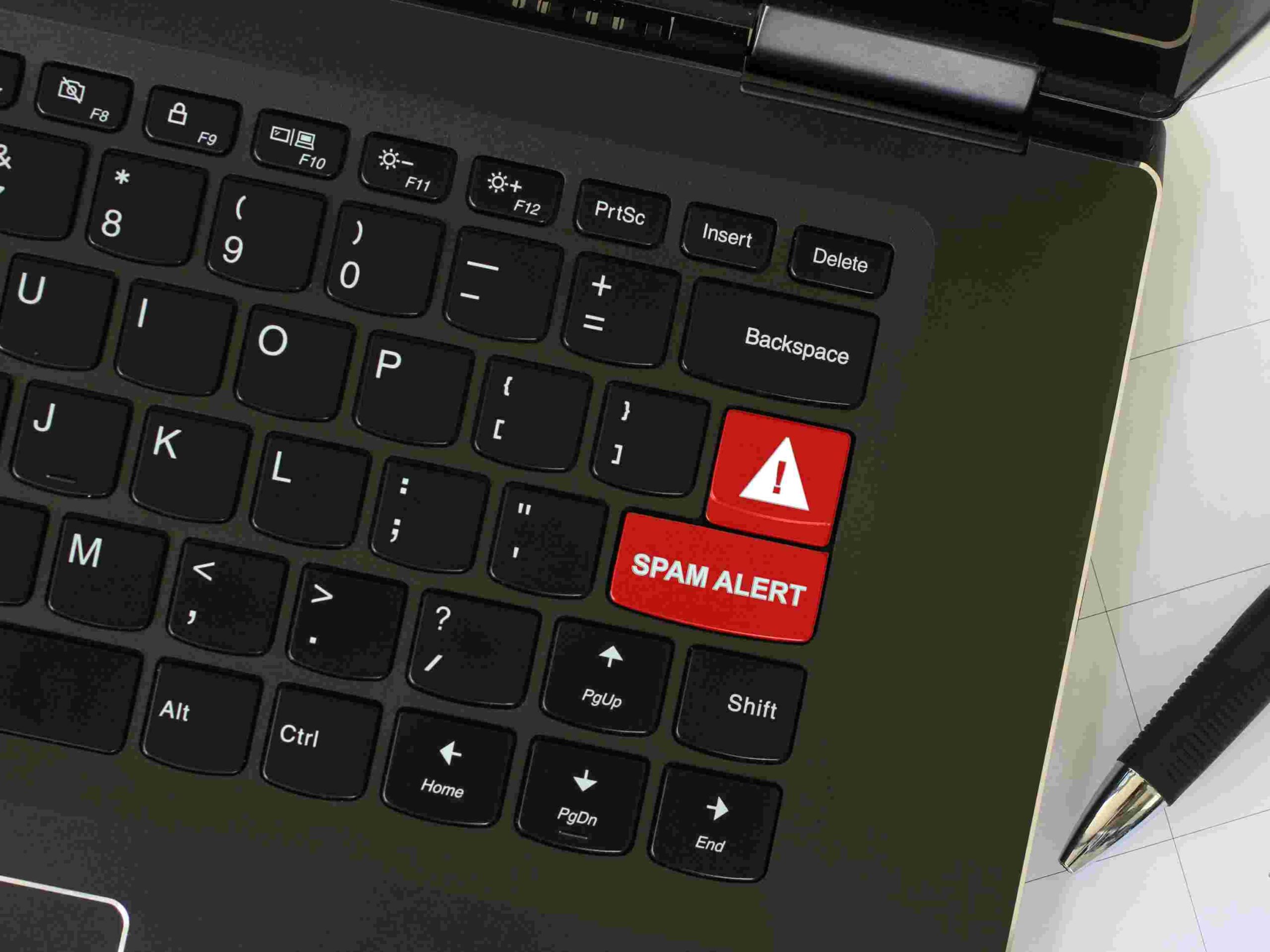With almost half of all emails being reported as unsolicited, it’s no wonder spam tops the list of one of the most bothersome Internet irritations. But just what is spam – and where does it come from?
Although most spam mail originate with advertisers looking to push their products, some are much more malicious in their intent. In particular, identity theft via spam emails has become a major concern. Check out this anti spam blog to learn more facts about spam as well as how to block spam and how to prevent spam so you can reduce your risk of being taken advantage of.
Spam Filter
Another option is using a spam filter. These filters work differently than spam blockers because they don’t automatically block any suspected spam email. Instead, they filter them to be processed automatically into specific folders. They also allow the user to create their own “black and white list” where they can choose what constitutes spam. If you love using your Outlook or Outlook Express, you might find our Anti Spam Filter for Outlook page useful, as well as our Free Software: Spam Blockers and Filters for Email page. Information on an exchange spam filter may also be of interest to you.
One type of spam which, for a variety of reasons, has become increasingly common, is literary and poetry spam. This might sound odd, but it precisely for this reason that spammers have started using literature to gain some ground. Learn more about how to detect this type of spam. Also, learn more about text spam and how you can prevent it.
Report Spam
Of course, simply deleting spam is not really the best solution. Learning how to report spam is, in the long term, a much more efficient – and sustainable – solution. Although its benefits may take time, it’s certainly worth it if in the end spam can be eliminated altogether. Reporting spam is even more important now than ever because of the spam laws that have been put in place to protect email users from spam. Reporting spam will ensure the prosecution and fining (or even jailing) of spammers.


